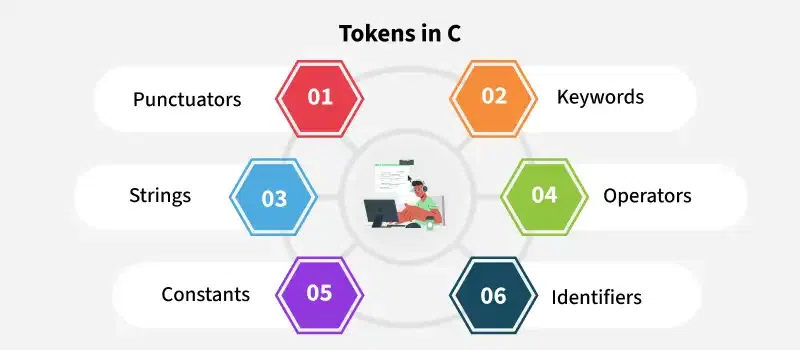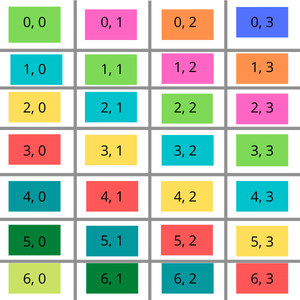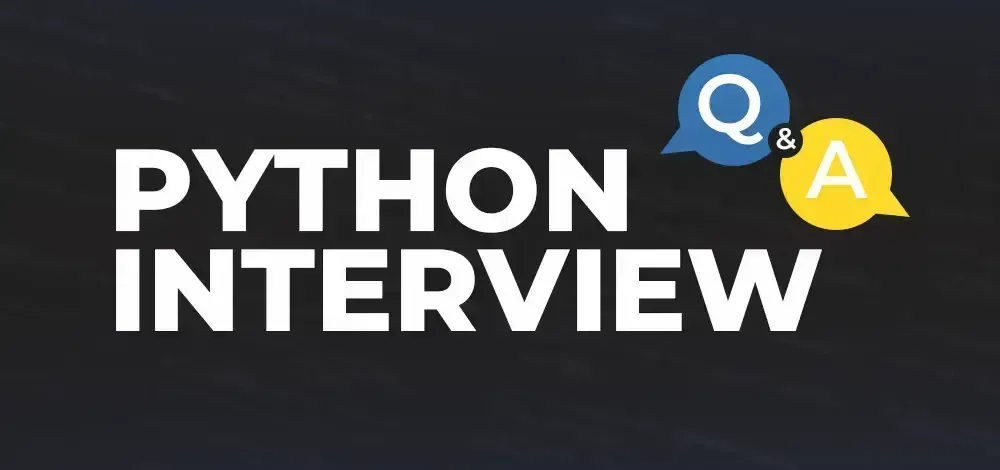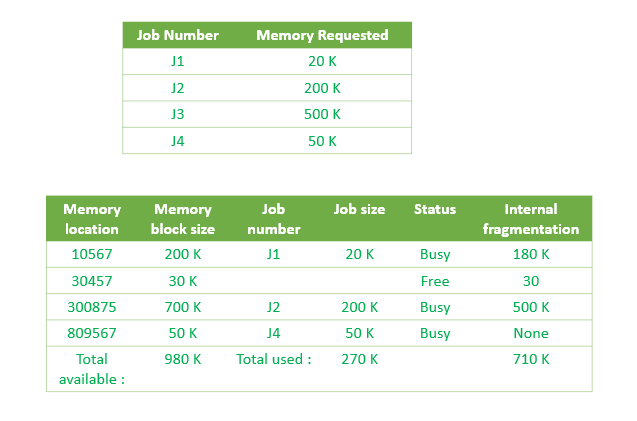
C++ Destructors: Memory Management Mastery for Clean Coding
Are you looking to master memory management in C++? Understanding destructors is key to writing robust, leak-free code. This guide dives into C++ destructors, explaining what they are, how they work, and why they are essential for clean, efficient programming.
What are C++ Destructors?
Destructors are special member functions in C++ classes that are automatically called when an object is destroyed. Their primary purpose is to release any resources (like memory) held by the object, preventing memory leaks and ensuring proper cleanup. Think of them as the "cleanup crew" for your objects as they go out of scope.
Here’s a breakdown of their key features:
- Automatic Invocation: Called automatically when an object is destroyed.
- Resource Release: Used to free dynamically allocated memory and other resources.
- Class-Specific: Each class can have only one destructor.
- No Arguments: Destructors do not take any arguments.
- No Return Type: Destructors do not have a return type (not even void).
Why Use Destructors? Benefits Explained.
Using destructors provide several crucial benefits:
- Prevent Memory Leaks: Free dynamically allocated memory to avoid resource exhaustion.
- Resource Management: Release other resources like file handles, network connections, etc.
- Ensure Clean Shutdown: Guarantee that objects clean up after themselves properly.
- RAII Implementation: A core component of Resource Acquisition Is Initialization, a key C++ concept.
Understanding the Syntax
A destructor has the same name as the class, preceded by a tilde (~).
In this example, the destructor ~MyClass() is responsible for freeing the dynamically allocated memory pointed to by ptr.
Deep Dive: When Are Destructors Called?
Destructors are invoked in several scenarios:
- Object Goes Out of Scope: When a local variable goes out of scope.
deleteOperator: Whendeleteis used to free a dynamically allocated object.- Program Termination: For static objects when the program ends.
- Temporary Objects: When temporary objects are destroyed at the end of their lifetime.
Destructors and Inheritance: A Crucial Consideration
In inheritance hierarchies, destructors play a vital role, especially when dealing with polymorphism.
- Virtual Destructors: When a base class pointer points to a derived class object, the base class destructor should be declared
virtual. This ensures that the derived class's destructor is also called when the object is deleted through the base class pointer. *Explanation of Why Virtual Destructors are Important:
If you don't declare the base class destructor as virtual, only the base class destructor will be called, potentially leading to memory leaks if the derived class allocated any resources.
Destructors and Memory Leaks: How to Avoid Them
Memory leaks are a common problem in C++. Destructors are your first line of defense.
- Always Free Memory: If your class allocates memory using
new, always free it in the destructor usingdelete. - RAII Principles: Embrace Resource Acquisition Is Initialization (RAII). Acquire resources in the constructor and release them in the destructor.
- Smart Pointers: Use smart pointers (
std::unique_ptr,std::shared_ptr) to automate memory management. They automatically release the memory they manage when they go out of scope.
Advanced Use Cases
- Private Destructors: Making a destructor private prevents objects of the class from being destroyed via the
deleteoperator outside the class. This can control object lifetime. - Destructors and Exceptions: Be cautious of exceptions thrown in destructors, as they can lead to program termination.
C++ Best Practices
- Rule of Zero: If your class doesn't manage resources, don't define a destructor (or copy constructor/assignment operator).
- RAII is Your Friend: Always aim to tie resource management to object lifetime using RAII.
- Prefer Smart Pointers: Use smart pointers to minimize manual memory management.
Conclusion
Mastering C++ destructors is crucial for writing robust and efficient C++ code. By understanding how they work and when they are called, you can prevent memory leaks, manage resources effectively, and build cleaner, more maintainable applications. Embrace the power of destructors and elevate your C++ programming skills.















